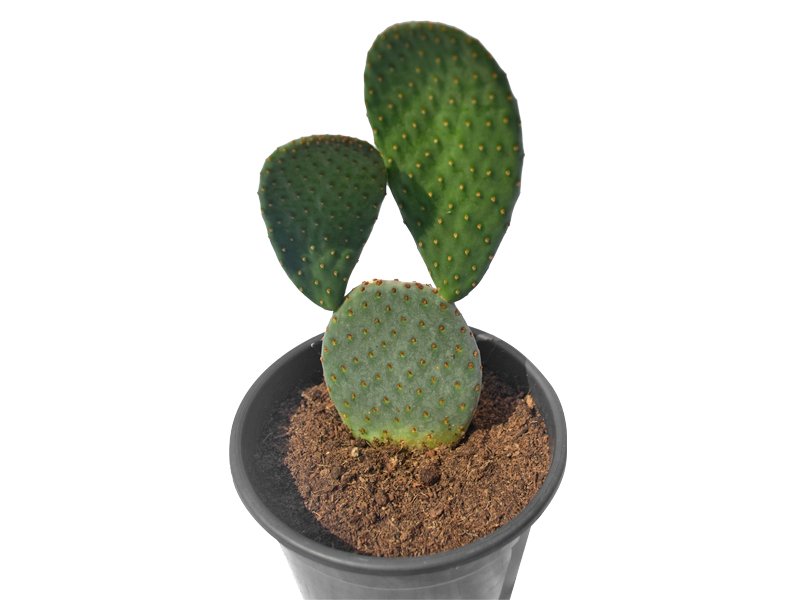| Botanical Name | Opuntia |
| Common Name | Prickly pear |
| Plant Type | Herbaceous perennial |
| Mature Size | 6 inches to 36 inches tall on average with a similar spread |
| Sun Exposure | Full sun |
| Soil Type | Dry, sandy or gravelly, well-draining |
| Soil pH | 6 to 7.5 |
| Bloom Time | June to July |
| Flower Color | Pink, yellow |
| Hardiness Zones | 4 to 11 |
| Native Area | Americas |
Light
As a desert cactus, prickly pear prefers full sun to thrive. That means at least six hours of direct sunlight per day. Indoors, a west- or south-facing window works best.
Soil
The most important requirement for any plant in the Opuntia genus is soil that drains well. Prickly pear easily grows in sandy or gravelly soil, but it can tolerate other soil types as long as there's good drainage.
Water
Prickly pear likes dry conditions, and very little watering is required to maintain the plant. This is why the cactus is often used in low-water gardens. Limit your watering to every two to three weeks or when the soil is completely dry. When watering, simply moisten and don't soak the soil. If you get minimal rainfall, that's often all the plant needs.
Temperature and Humidity
Prickly pear cactus thrives in hot, dry desert summers. But many of its species have good cold tolerance. (Remember, desert nights can be cool.) It generally does well in regions that have mild winters and hot summers with low humidity. Prickly pear can struggle in areas that have very high humidity, even if the temperature is to the plant's liking. Typical indoor temperatures and humidity levels are usually fine for prickly pear. However, keep the plant away from heat and air-conditioning sources, as they can cause extreme temperature fluctuations.
Fertilizer
Prickly pear rarely needs fertilizer when planted in the ground unless you have very poor soil. In containers, it will use up the soil’s nutrients faster. If the plant’s green pads start to appear dull or it doesn’t flower, that can mean it needs food. You can apply a balanced fertilizer during the growing season, following product instructions. You also can choose a high-nitrogen fertilizer for larger pads or a low-nitrogen fertilizer for more flowers and fruits.
- Should an item or color not be available, substitutions may apply.
- If the item is unavailable, we will try to help make a substitution.
- Plants/Flowers might have slight variations in color, texture, finish, and size. You can expect there will be some differences from what is displayed on our website because you are choosing a one-of-a-kind piece from our mother nature.
Note: Images are illustration purpose only. Actual item maybe different due to image quality enhancements.






Reviews Opuntia Cactus Mix
Add your comment